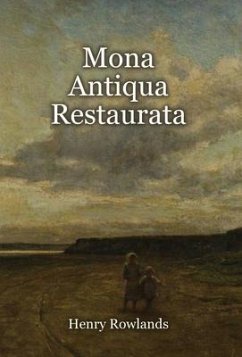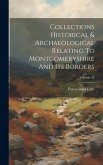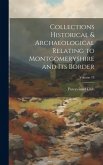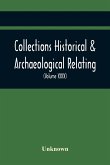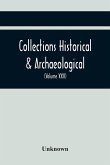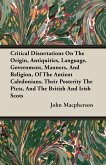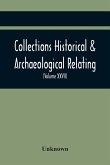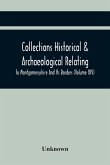A pioneering work in the field of Welsh archaeology and history, Mona Antiqua Restaurata, first published in 1723, is one of the first archaeological surveys of the antiquities of the Isle of Anglesey (North Wales), which had been known as Mona in Roman times. Rowlands' observations and descriptions of its monuments, artifacts, and landscapes provide valuable insights into the island's past, spanning from prehistory to the centuries immediately after the Roman occupation. In the process, the author explored the social, cultural, and political context in which these monuments were built and used, and shed light on the lives and beliefs of the people who inhabited the region. His historical and linguistic speculations might be open to discussion-one section imaginatively seeks similarities between Hebrew and Welsh words-but his accurate drawings of the various ancient monuments still hold merit. Moreover, the work did much to popularise interest in Druid culture, whom the author believed had originated in, and had had their principal seat on, the island. This new edition is based on the revised second edition of 1766, complete with corrections and annotations by Dr Henry Owen (1716 - 1795), a scholar with a special interest in Welsh antiquities, originally from Dolgellau and a member of the Honourable Society of Cymmrodorion. This hugely influential book remains a valuable source for 18th-century scholars, in that it captured how the Welsh saw the early history of Wales and the Celts, and subsequently coloured the imaginations of generations of scholars, antiquarians, writers, poets, and travellers, many of whom followed in Rowlands' footsteps to explore the artefacts of Anglesey for themselves.
Bitte wählen Sie Ihr Anliegen aus.
Rechnungen
Retourenschein anfordern
Bestellstatus
Storno

